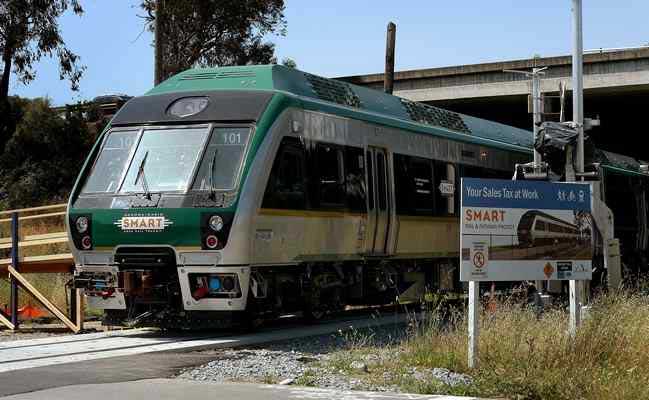Successful Wireline & Pipeline Projects
There are any number of reasons your facility’s new or phased utility projects might run across an existing railway in the course of construction or maintenance work. From utility companies running pipe or wire to contractors digging foundations for new buildings or parking structures — planning, permitting, and compliance during every step of the process can help your project avoid costly setbacks, delays, and even permit denials.
5 things to keep in mind when planning your pipeline and wireline projects
- Plan to plan ahead. You already know that projects like wireline crossings and property encroachments require applications for work permits from the applicable local governing agency. Railroad crossings require not only the agency’s review and approval but the railroad’s as well. Even then, access to the railroad right of way is not immediate. Even after a railroad permit is granted, securing protection and coordinating the actual construction requires a thorough review of your construction plan. As such, understanding all the steps in the railroad approval process and planning your project accordingly is crucial for a successful project.
- Get your documents in a row. Each railroad’s requirements are different, which makes knowing what is specific to each individual railroad very important. Other items often required for permit consideration will include a detailed engineering drawing (complete with profile drawings, design specifications, and construction plans), engineering computations, a written scope of work, copies of any existing agreements, and, of course, payment of the various application review fees. Should you need prior access to the real estate (e.g., the railroad’s right of way, rail yards, etc.) for surveys, soil samples, or field inspections, you may also need to file and pay for a separate right-of-entry permit (which does not guarantee construction will be approved).
- Know the state of your business. While you will eventually need to deal directly with the real estate holder’s specific requirements for permitting — that is, the railway company that owns the right of way where your project breaks ground — the ideal starting point for compliance and best practices can be found in state law. If there are no specific state railroad regulations, then just like any property right, the holder’s specific requirements must be followed (the railroads in this case).
- Align with industry standards. With that said, almost all states conform to the statutes and guidelines set forth by respected institutions such as the American Railway Engineering and Maintenance-of-Way Association, the National Electrical Safety Code, the American Water Works Association Specifications, and the Pipeline Hazardous Materials and Safety Administration, making these websites valuable resources for researching and planning wireline or pipeline projects that intersect with railroad property.
- Watch for outliers. Similarly, many states also pass their own laws on wire and pipeline projects, making attention to detail critical. For example, laws in Texas state that if “laws or orders of public authority prescribe a higher degree of protection, then the higher degree of protection prescribed take precedence.” That makes it possible for your company to adhere to 100% of a railroad’s guidelines and still fall short of state regulations, putting you at risk of code violations.
To avoid running afoul of these and other types of laws and wireline and pipeline pitfalls, your safest action plan is to work with a professional utility permitting team with well-established ties to railroad companies in your area of business. A rail consulting firm’s familiarity with state, local, and railroad company requirements can shave time and costs from your overhead.
Email [email protected] to learn more about railroad permitting requirements and understand how RailPros can help with your project.
